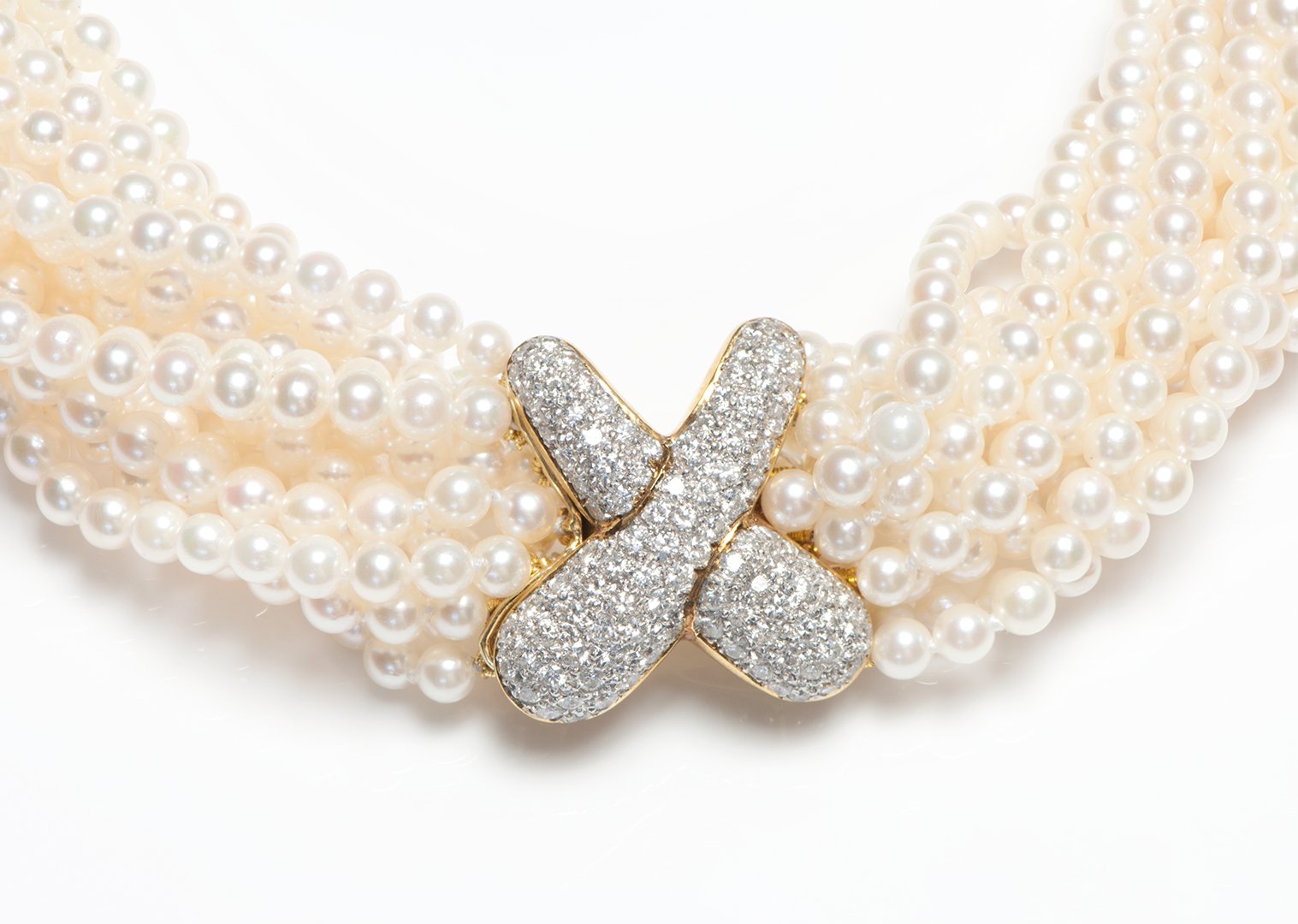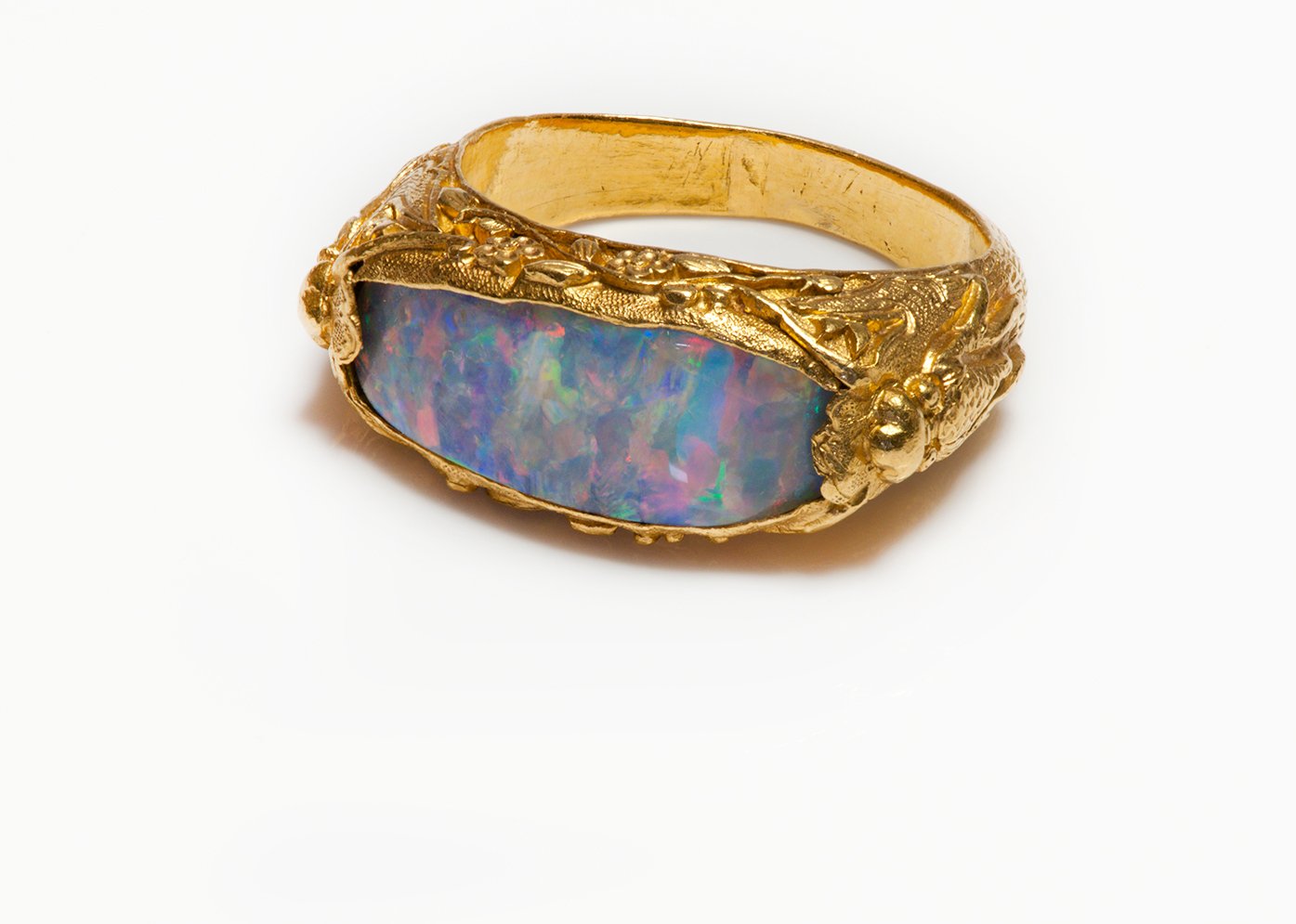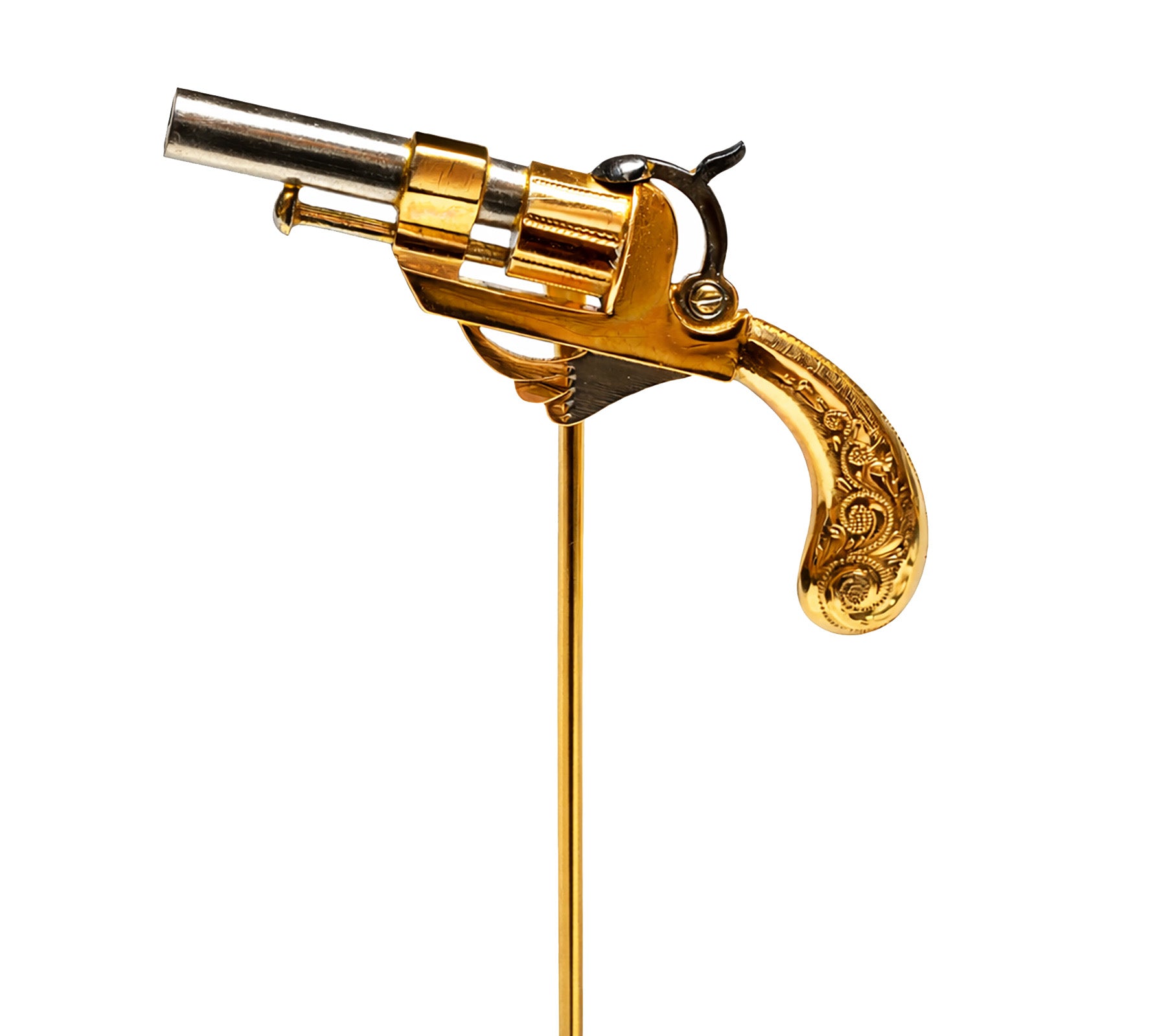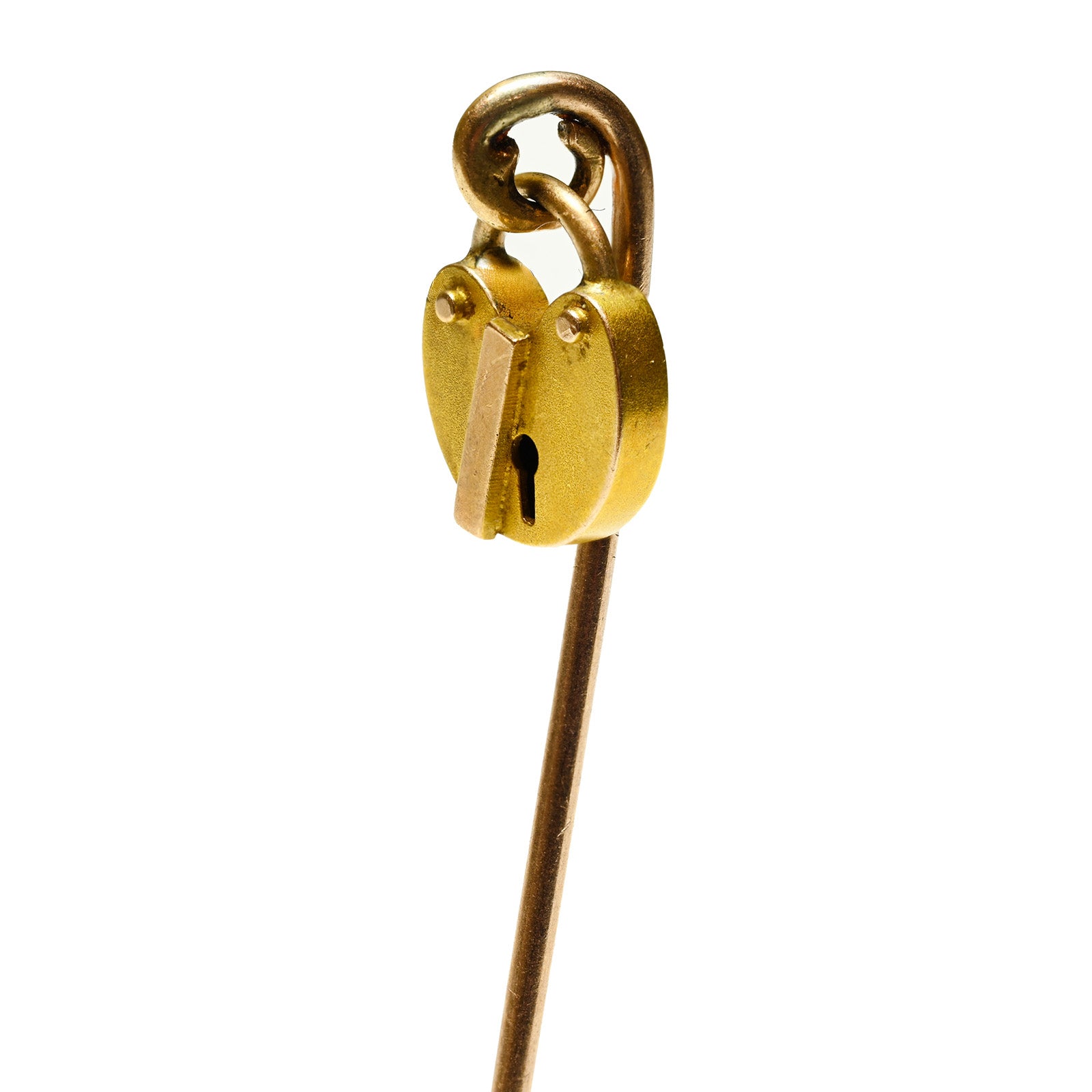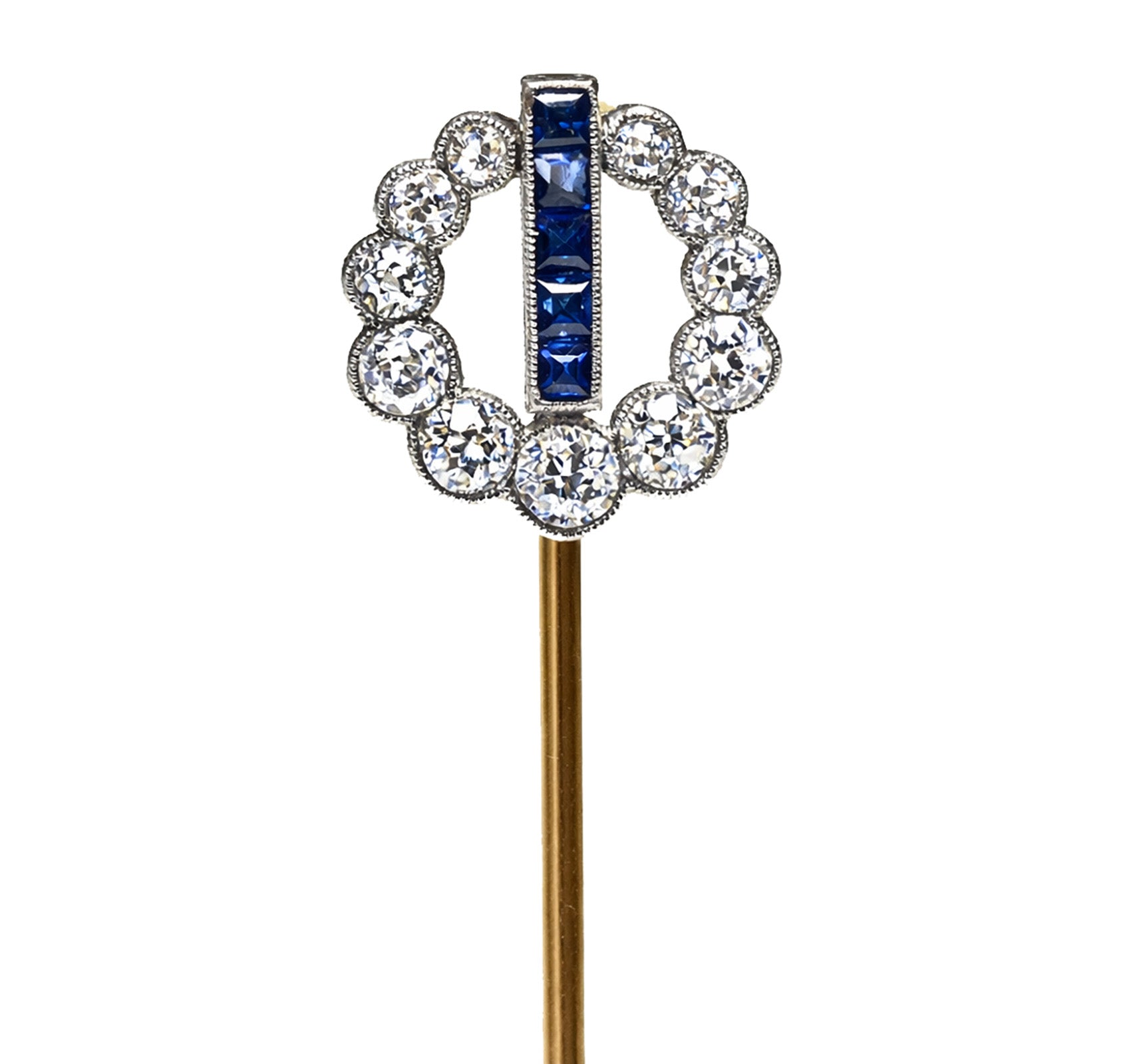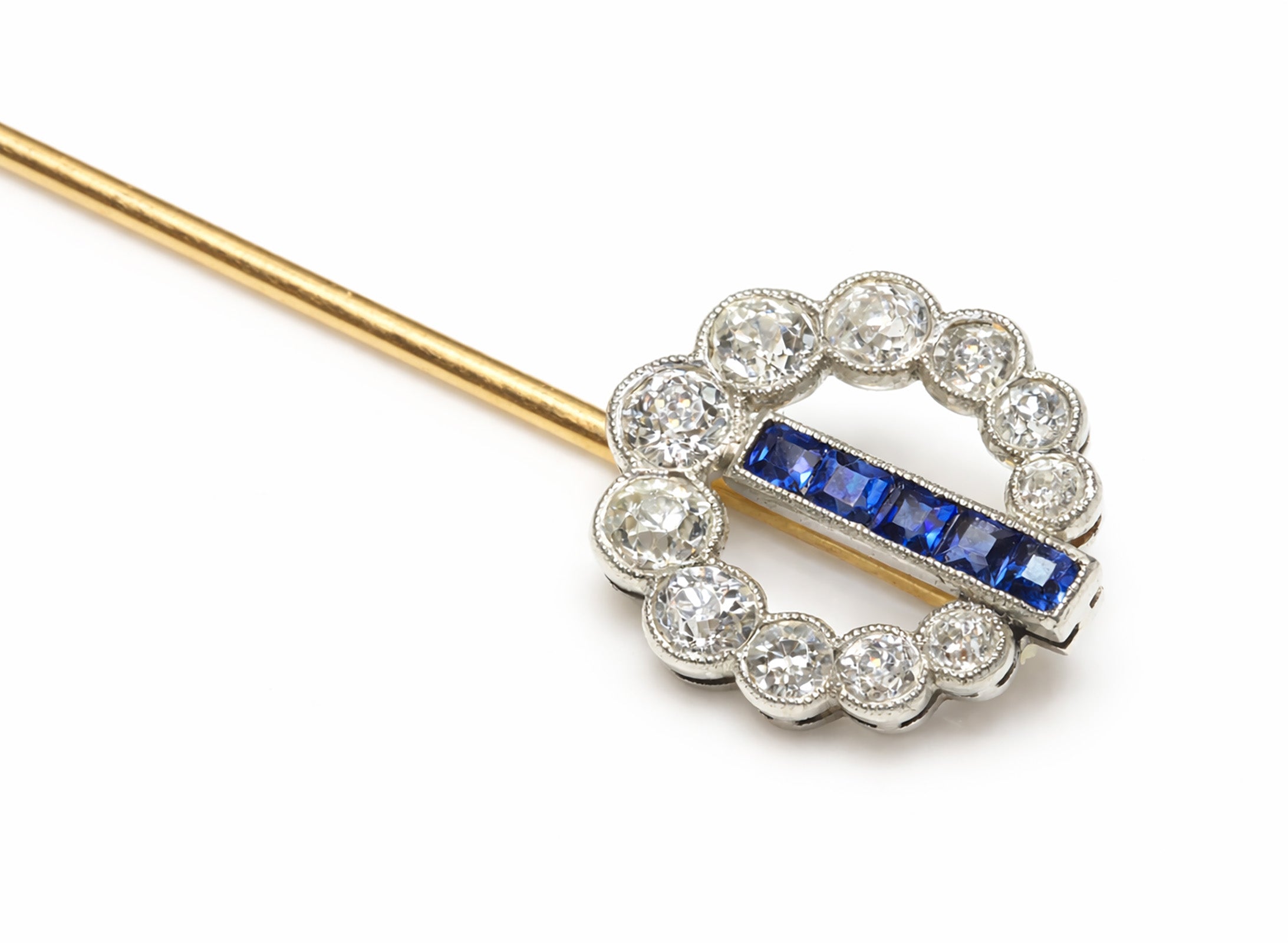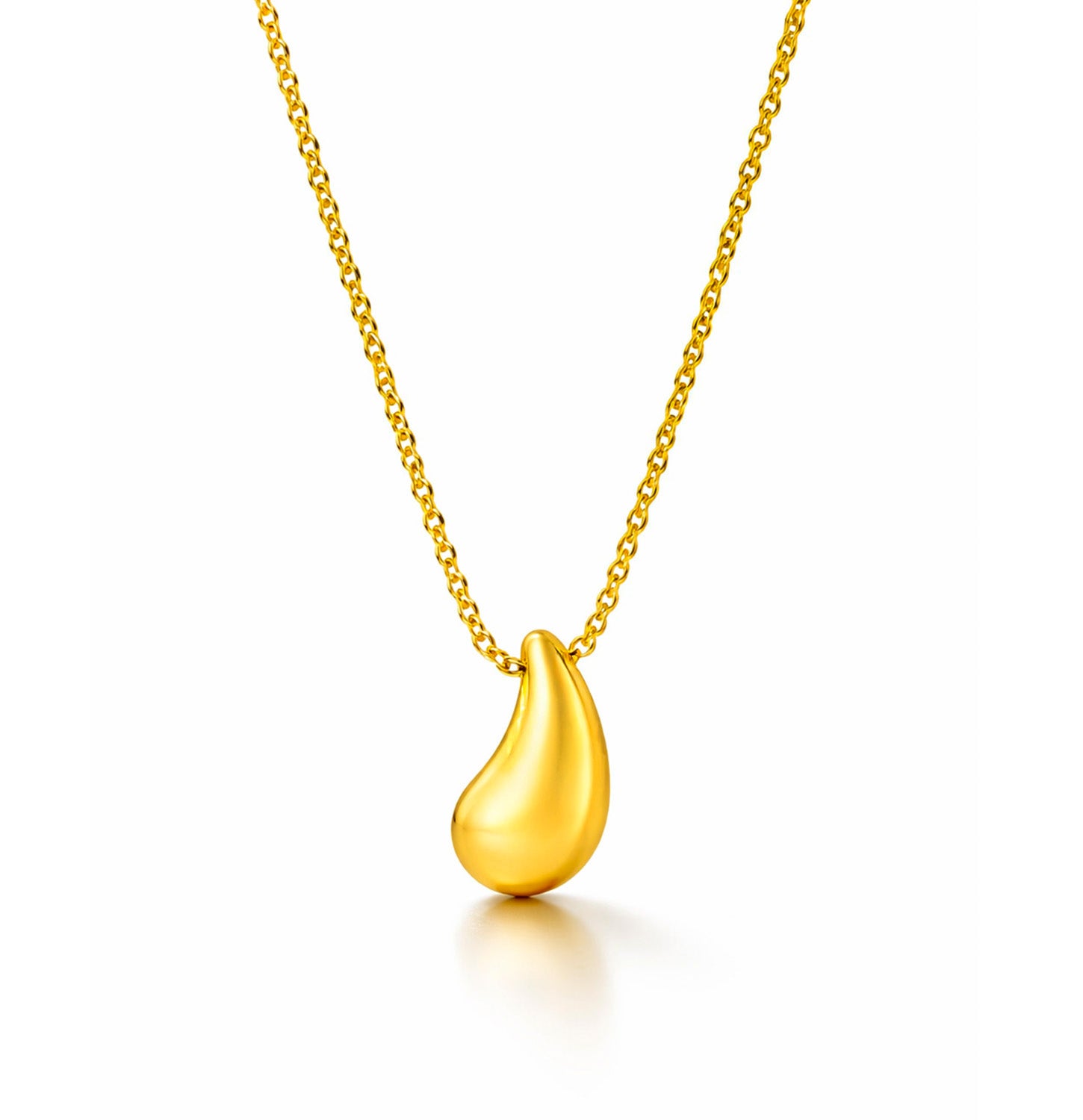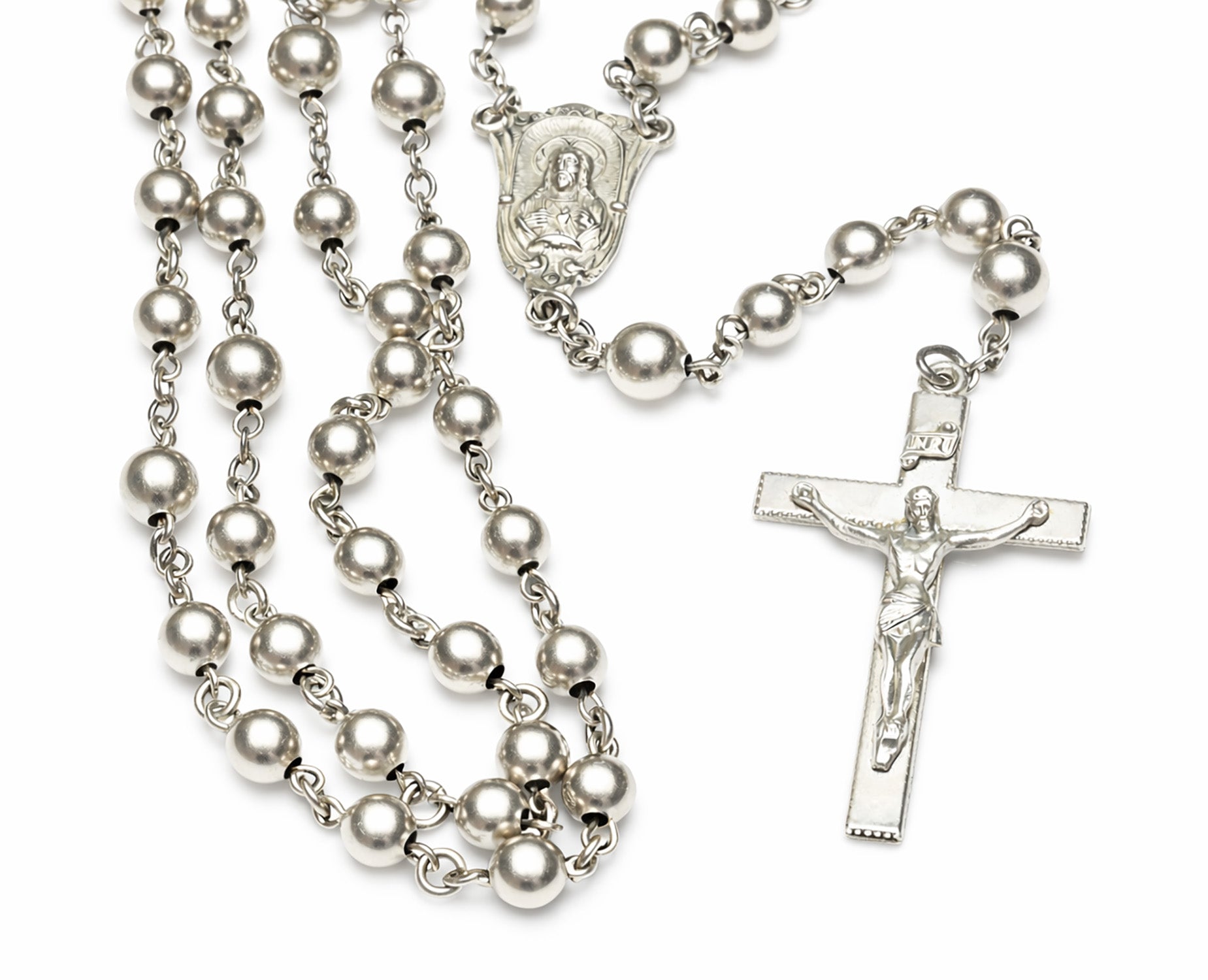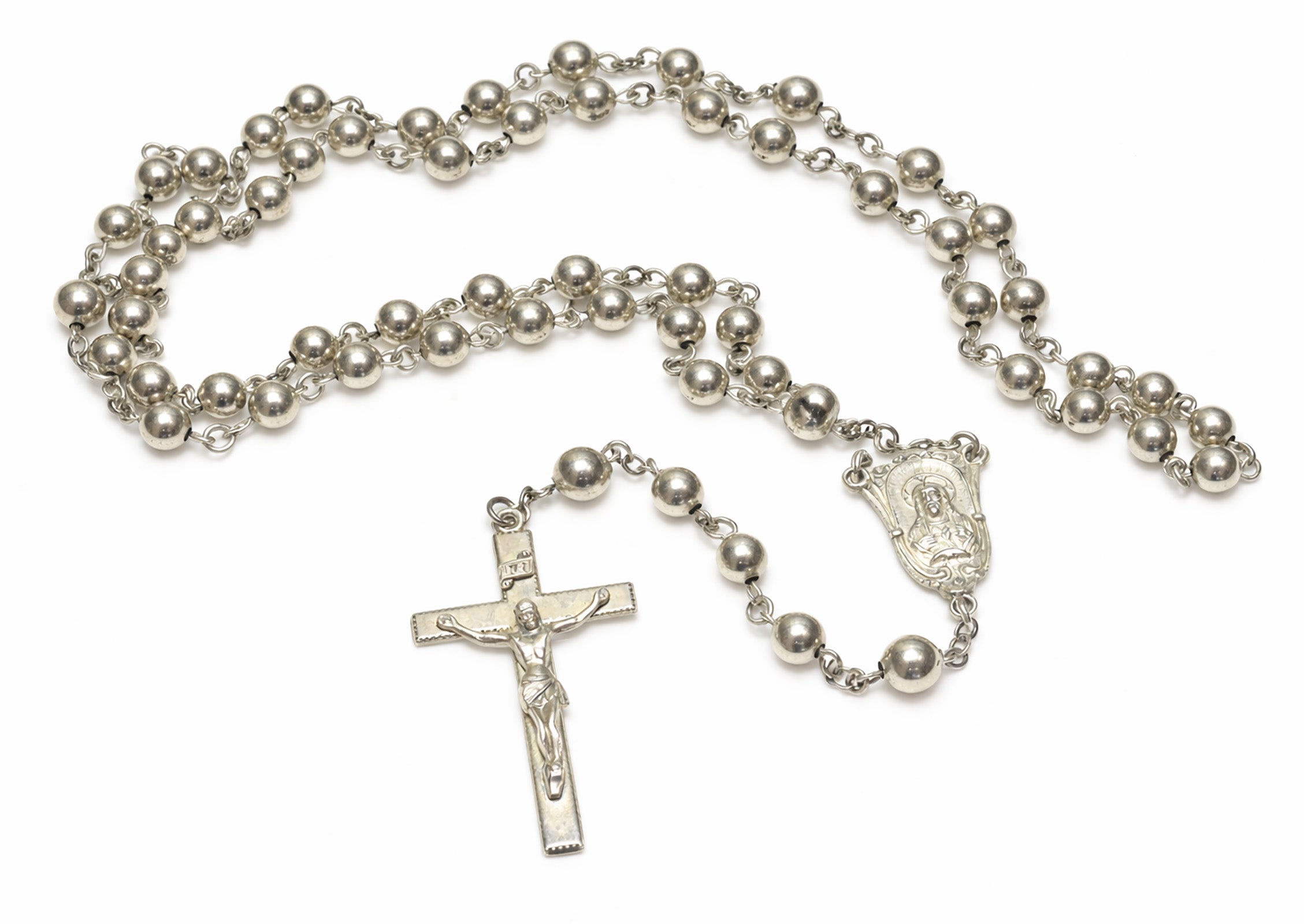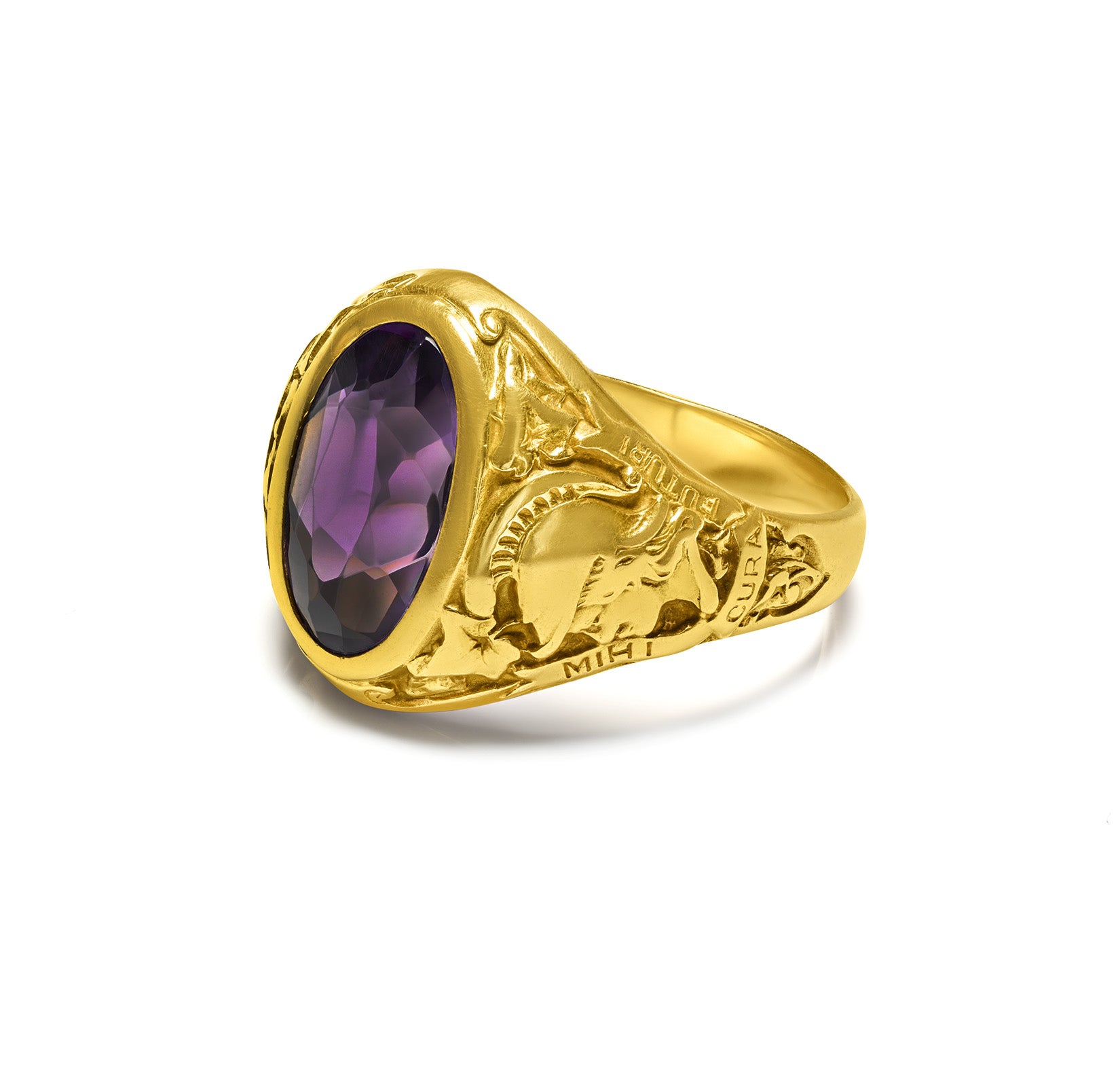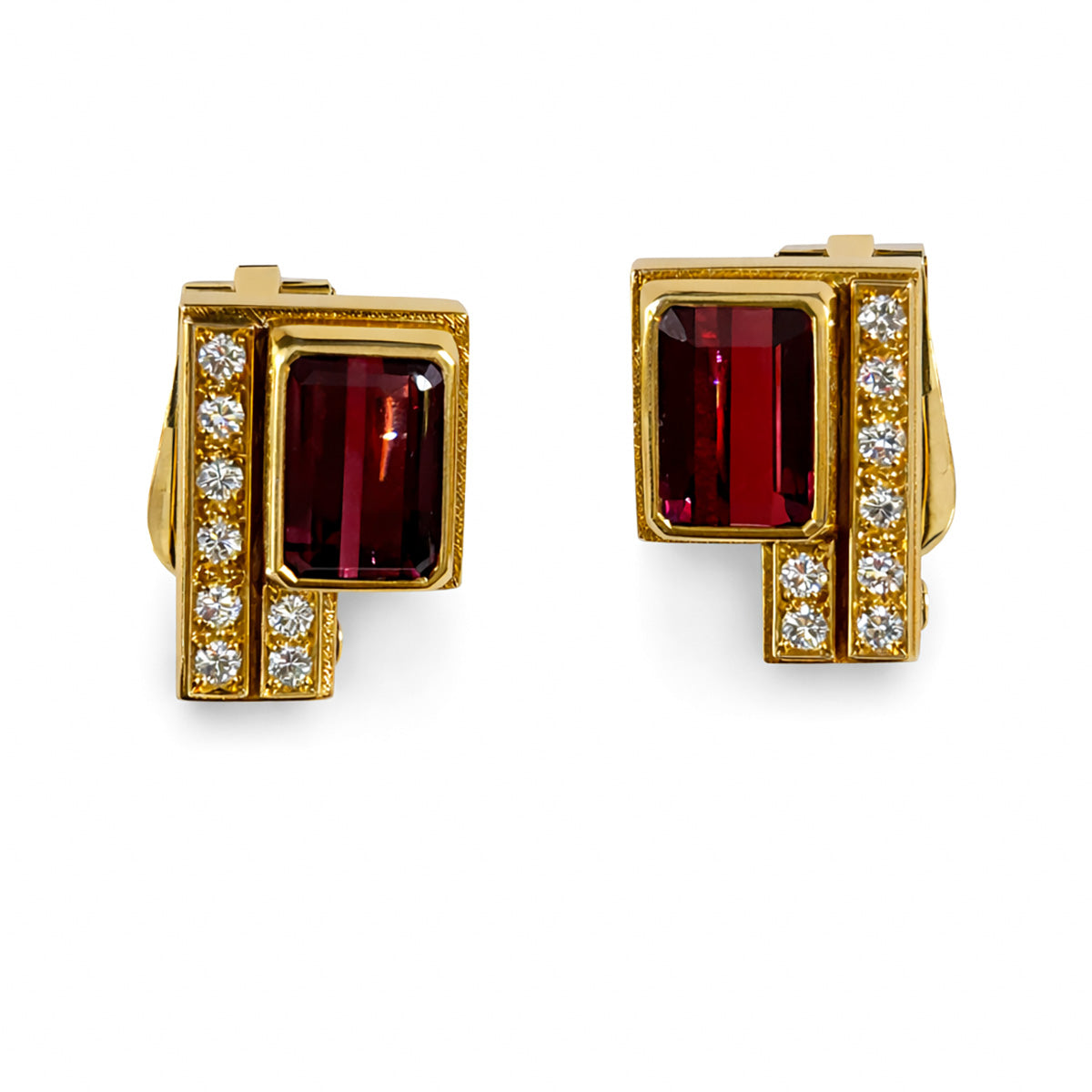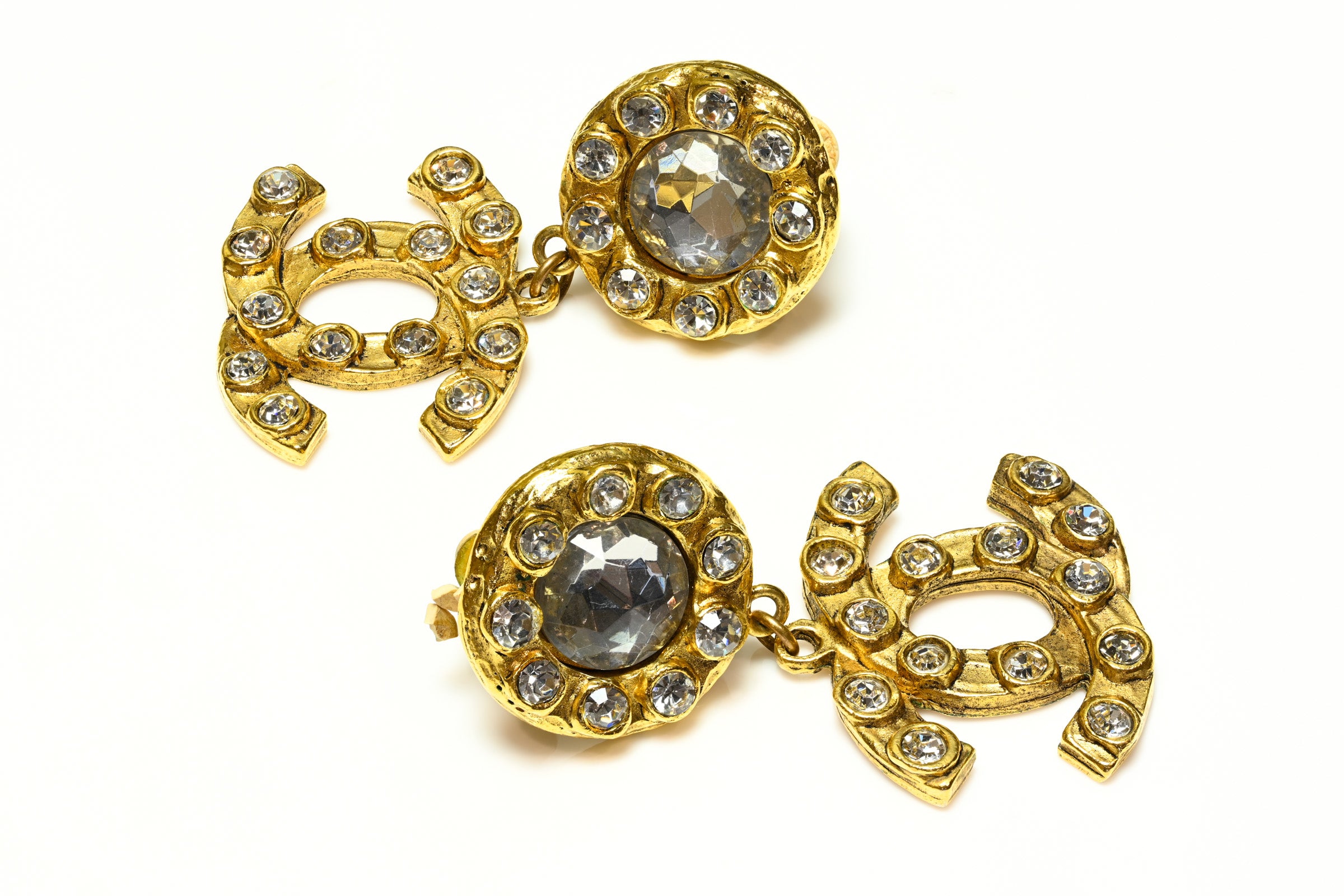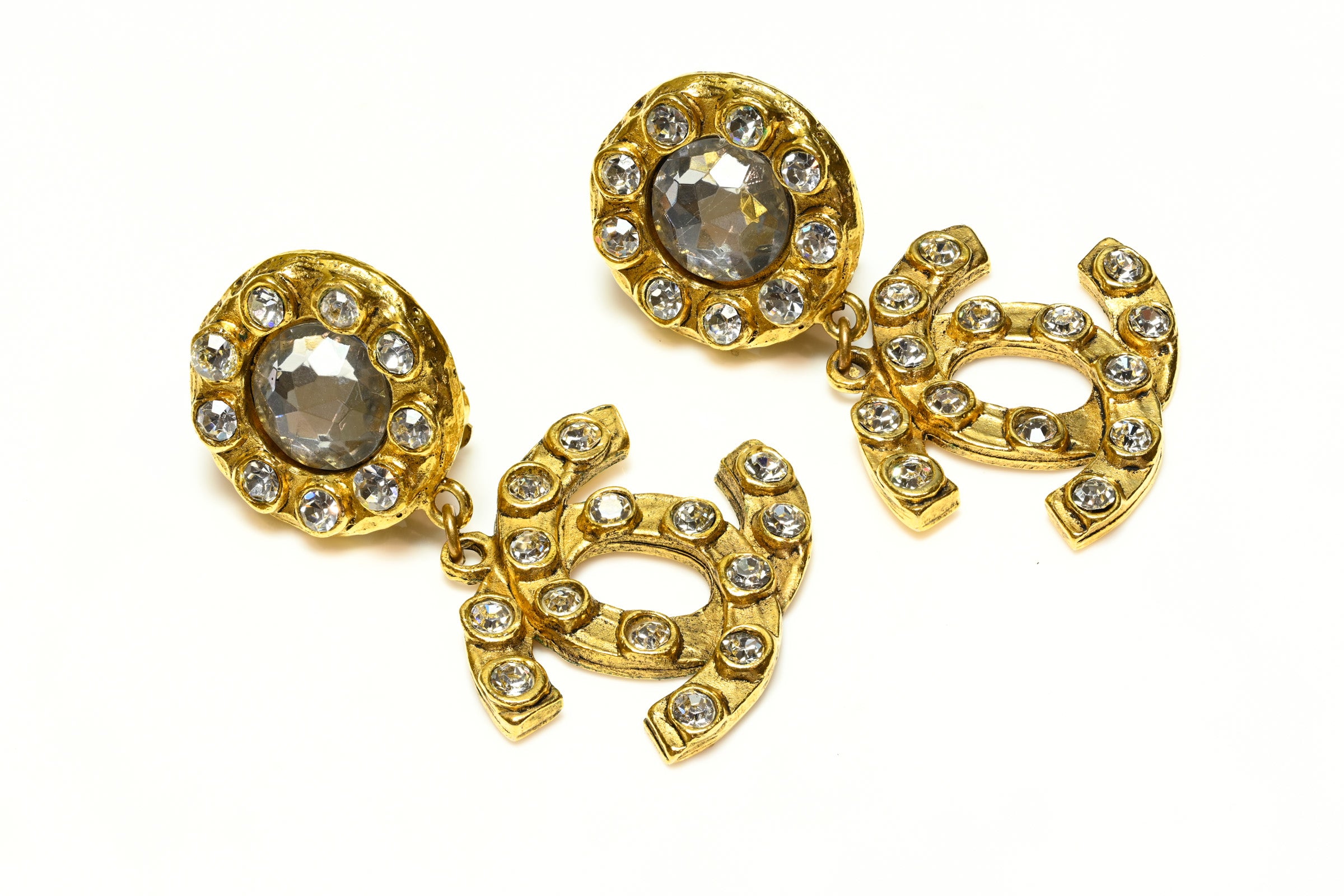The Legendary Koh-i-Noor Diamond – An Endless Source of Beauty And Mistery
Koh-i-Noor is one of the world’s most famous and largest diamonds, and also one of the most controversial among the British Crown Jewels.
Although the British monarchy has limited the diamond's use in an effort to settle the uproar, some people see it as a symbol of colonial invasion.
The question of whether Charles III's wife, Queen Camilla, would wear the diamond during his coronation in 2023 generated a lot of debate. However, it was announced by Buckingham Palace that the Koh-i-Noor would not be displayed during the ceremony.
The Koh-i-Noor, which has been a part of the British Crown Jewels since 1849, is disputed by a number of nations, including India, which has asked for its return and asserted that it was stolen.
The diamond's original weight was 186 carats, but the royal jeweler Garrard of London recut it in 1852 to increase its fire and brilliance.
The Koh-i-Noor Diamond (Persian for "Mountain of Light") now weighs 105.6 carats.
The Origins of Koh-i-Noor Diamond
There are several contradictory traditions surrounding the diamond's origin, and there is scant, erroneous evidence of Koh-i-Noor's early history prior to the 1740s.
Although its original weight is unknown, the earliest known measurement is 186 old carats (191 metric carats, or 38.2 g). An account of Nader Shah's invasion of Northern India in the 1740s by Muhammad Kazim Marvi has the first independently verifiable mention of the diamond.
According to Marvi, Nader Shah looted the Koh-i-Noor from Delhi along with other stones for the Mughal Peacock Throne.
Although the British monarchy has limited the diamond's use in an effort to settle the uproar, some people see it as a symbol of colonial invasion.
The question of whether Charles III's wife, Queen Camilla, would wear the diamond during his coronation in 2023 generated a lot of debate. However, it was announced by Buckingham Palace that the Koh-i-Noor would not be displayed during the ceremony.
The Koh-i-Noor, which has been a part of the British Crown Jewels since 1849, is disputed by a number of nations, including India, which has asked for its return and asserted that it was stolen.
The diamond's original weight was 186 carats, but the royal jeweler Garrard of London recut it in 1852 to increase its fire and brilliance.
The Koh-i-Noor Diamond (Persian for "Mountain of Light") now weighs 105.6 carats.
The Origins of Koh-i-Noor Diamond
There are several contradictory traditions surrounding the diamond's origin, and there is scant, erroneous evidence of Koh-i-Noor's early history prior to the 1740s.
Although its original weight is unknown, the earliest known measurement is 186 old carats (191 metric carats, or 38.2 g). An account of Nader Shah's invasion of Northern India in the 1740s by Muhammad Kazim Marvi has the first independently verifiable mention of the diamond.
According to Marvi, Nader Shah looted the Koh-i-Noor from Delhi along with other stones for the Mughal Peacock Throne.
The diamond then passed through several empires in south and west Asia before being given to Queen Victoria in 1849, following the British East India Company's annexation of the Punjab.
At the time, Duleep Singh, the then-11-year-old Maharaja of the Sikh Empire, ruled under the shadow of the Company's ally Gulab Singh, the first Maharaja of Jammu and Kashmir, who had once owned the diamond. Gulab Singh was the previous owner of the diamond.
The diamond's original cut was reminiscent of diamonds from the Mughal Empire like the Daria-i-Noor, which are now part of the Iranian National Jewels.
It was put on show at the Great Exhibition in London in 1851, but the onlookers were unimpressed by the unimpressive cut. Prince Albert, the husband of Queen Victoria, requested that it be recut by Coster Diamonds into an oval brilliant.
Koh-i-Noor has only been worn by female members of the British royal family since it arrived in the country.
Victoria wore the gem in a brooch and a circlet. It was positioned in the Crown of Queen Alexandra following her death in 1901. In 1911, it was given to the Crown of Queen Mary, and then in 1937, during the coronation of Queen Elizabeth The Queen Mother, it was given to her.
The diamond is currently on public exhibit in the Tower of London's Jewel House.
Koh-i-Noor's Early History
Koh-i-Noor has only been worn by female members of the British royal family since it arrived in the country.
Victoria wore the gem in a brooch and a circlet. It was positioned in the Crown of Queen Alexandra following her death in 1901. In 1911, it was given to the Crown of Queen Mary, and then in 1937, during the coronation of Queen Elizabeth The Queen Mother, it was given to her.
The diamond is currently on public exhibit in the Tower of London's Jewel House.
Koh-i-Noor's Early History
Following the overthrow of the Safavid dynasty in Persia, Nader Shah, the founder of the Afsharid dynasty, started conducting raids into Mughal territory in 1738 and soon after launched a full-scale invasion of North-West India.
When he first acquired the renowned stone, Nader Shah is said to have yelled "Koh-i-Noor!" which is Persian and Hindi-Urdu for "Mountain of Light".
The Koh-i-Noor belonged to Nadir Shah's grandson after his death and the collapse of his empire in 1747. Later, in 1751, the grandson gave the diamond to Ahmad Shah Durrani
in exchange for his support.
Mythical Origins
Babur, the Turco-Mongol ruler who established the Mughal Empire, spoke about a "famous" diamond that was roughly the size of the 186-carat Koh-i-Noor and weighed little over 187 old carats.
in exchange for his support.
Mythical Origins
Babur, the Turco-Mongol ruler who established the Mughal Empire, spoke about a "famous" diamond that was roughly the size of the 186-carat Koh-i-Noor and weighed little over 187 old carats.
Invading the southern Indian kingdoms at the start of the 14th century, Alauddin Khalji of the Khalji dynasty of the Delhi Sultanate is said to have plundered the Kakatiyas of their huge diamond.
Babur got the diamond in 1526 as a reward for his victory over Delhi and Agra at the Battle of Panipat. It eventually went on to follow Sultanate monarchs.
There are a number of competing ideas as to who the item's original owner was, and it is impossible to confirm these specifics regarding when or where it was discovered.
For a period, it was said that Hortense Borgia, a Venetian lapidary, had cut the stone when it was in Aurangzeb's custody, reducing the weight of the huge stone to 186 carats (37.2 g).
Borgia received a scolding and a 10,000 rupee fine for his negligence.
Recent studies, however, suggest that the legend of Borgia cutting the Koh-i-Noor diamond is untrue and was likely confused with the Orlov, a piece of Catherine the Great's imperial Russian scepter kept in the Kremlin.
Queen Victoria
The Kingdom of Punjab was formally annexed to Company control on March 29, 1849, following the end of the Second Anglo-Sikh War.
The Last Treaty of Lahore was then signed, officially transferring the Koh-i-Noor to Queen Victoria and the Maharaja's other possessions to the company.
The Marquess of Dalhousie served as the Governor-General in charge of this treaty's ratification.
Although some believed the Koh-i-Noor should have been given to Queen Victoria by the East India Company as a gift, it is clear that Dalhousie treated the stone as a spoil of war and made sure that Duleep Singh, the youngest son of Ranjit Singh, formally surrendered it to her.
The East India Company deputy chairman officially delivered the Koh-i-Noor to Queen Victoria on July 3, 1850, at Buckingham Palace.
The 1852 Diamond Re-cutting
For a period, it was said that Hortense Borgia, a Venetian lapidary, had cut the stone when it was in Aurangzeb's custody, reducing the weight of the huge stone to 186 carats (37.2 g).
Borgia received a scolding and a 10,000 rupee fine for his negligence.
Recent studies, however, suggest that the legend of Borgia cutting the Koh-i-Noor diamond is untrue and was likely confused with the Orlov, a piece of Catherine the Great's imperial Russian scepter kept in the Kremlin.
Queen Victoria
The Kingdom of Punjab was formally annexed to Company control on March 29, 1849, following the end of the Second Anglo-Sikh War.
The Last Treaty of Lahore was then signed, officially transferring the Koh-i-Noor to Queen Victoria and the Maharaja's other possessions to the company.
The Marquess of Dalhousie served as the Governor-General in charge of this treaty's ratification.
Although some believed the Koh-i-Noor should have been given to Queen Victoria by the East India Company as a gift, it is clear that Dalhousie treated the stone as a spoil of war and made sure that Duleep Singh, the youngest son of Ranjit Singh, formally surrendered it to her.
The East India Company deputy chairman officially delivered the Koh-i-Noor to Queen Victoria on July 3, 1850, at Buckingham Palace.
The 1852 Diamond Re-cutting
Koh-i-Noor was originally 4.1 centimeters (1.6 inches) long, 3.26 centimeters (1.28 inches) wide, and 1.62 centimeters (0.64 inches) deep with 169 facets. It was high-domed, had a flat base, and included both triangular and rectangular facets.
Prince Albert, the husband of Queen Victoria, opted to polish the Koh-i-Noor with the approval of the government after conferring with mineralogists such as Sir David Brewster, according to Wikipedia.
The cutting process started on July 17th, 1852, at the Garrard & Co. factory in Haymarket, utilizing a steam-powered mill created especially for the task by Maudslay, Sons and Field.
Mozes Coster, one of the biggest and most well-known diamond merchants in the Netherlands, was hired for the job.
The procedure, which cost Albert a total of £8,000, decreased the diamond's weight from 186 old carats (191 modern carats, or 38.2 g), to its present 105.6 carats (21.12 g). Koh-i-Noor is 1.3 cm (0.5 in) deep, 3.2 cm (1.3 in) wide, and 3.6 cm (1.4 in) long.
The Koh-i-Noor includes eight additional "star" facets surrounding the culet, bringing the total number of facets on a brilliant-cut diamond to sixty-six, compared to the standard fifty-eight for such stones.
The stone, much lighter but more brilliant, was mounted in a honeysuckle brooch and tiara worn by Queen Victoria. At that time, it belonged to her personally and was not yet part of the crown.
Crown Jewel
The Koh-i-Noor was set in Queen Alexandra's crown, the spouse of King Edward VII, following the passing of Queen Victoria, and she wore it in 1902 during their coronation.
In 1911, the diamond was moved to Queen Mary's Crown, and in 1937 it was transferred to Queen Elizabeth The Queen Mother's Crown. When the Queen Mother passed away in 2002, the crown was put on her casket for the funeral and lying-in-state.
At King Charles III's coronation on May 6, 2023, Queen Camilla was given Queen Mary's Crown, however, it was missing the Koh-i-Noor diamond.
The Crown Jewels were relocated from their original location at the Tower of London to Windsor Castle during World War II. Until 1941, when they were moved to a specially built tunnel beneath the castle walls, they were stored in leather hat boxes in the office of the Royal Librarian Sir Owen Morshead under lock and key.
Inspirations
The Moonstone (1868), a 19th-century British epistolary novel by Wilkie Collins, is usually regarded as the first full-length detective story in the English language. The Koh-i-Noor was one of the gemstones that served as the inspiration for the title gemstone.
The famous diamond also appears in Agatha Christie's 1925 mystery The Secret of Chimneys, when it is found at the book's conclusion after being secreted someplace inside a sizable country mansion.
After the diamond's alleged return to India, the 2005 Indian mystery television series Kohinoor follows a search for it.
Ownership Dispute
The Koh-i-Noor has long been a source of international contention, with demands for its restitution from the UK made at various times by India, Pakistan, Iran, and Afghanistan.
As soon as India gained independence in 1947, the government of India began to demand the return of the Koh-i-Noor.
Following that, a second request was made in 1953, the year Queen Elizabeth II was crowned. The British government consistently denied the charges, stating that ownership was non-negotiable.
The diamond was claimed by Pakistan in 1976, who claimed that returning it would "be a convincing demonstration of the spirit that moved Britain voluntarily to shed its imperial encumbrances and lead the process of decolonization".
Faiz Ahmed Faiz, the Taliban's foreign policy spokesman, asked the Koh-i-Noor be turned up to the government in 2000, claiming it was Afghanistan's rightful property.
The British government has denied the allegations, maintaining that the jewel was acquired lawfully in accordance with the provisions of the Last Treaty of Lahore.
In 2018, at the Supreme Court of India, the Archeological Survey of India explained that Koh-i-Noor was given to the British and "it was neither stolen nor forcibly taken away".
There have been a number of concessions proposed as a result of the disagreements regarding who truly owns the diamond. There are several options, such as cutting it into four pieces and giving one to each of Pakistan, India, and Afghanistan while keeping the remaining piece for the British Crown.
Another option is to place Koh-i-Noor at the India-Pakistan border at Wagah in a unique museum.
Since the end of the British Raj, the British Government has said that the diamond's status is "non-negotiable" and opposes these compromises.
Today, Koh-i-Noor continues to fascinate jewelry lovers and collectors, many of whom may dream that one day such a diamond will find its way into their collections.

